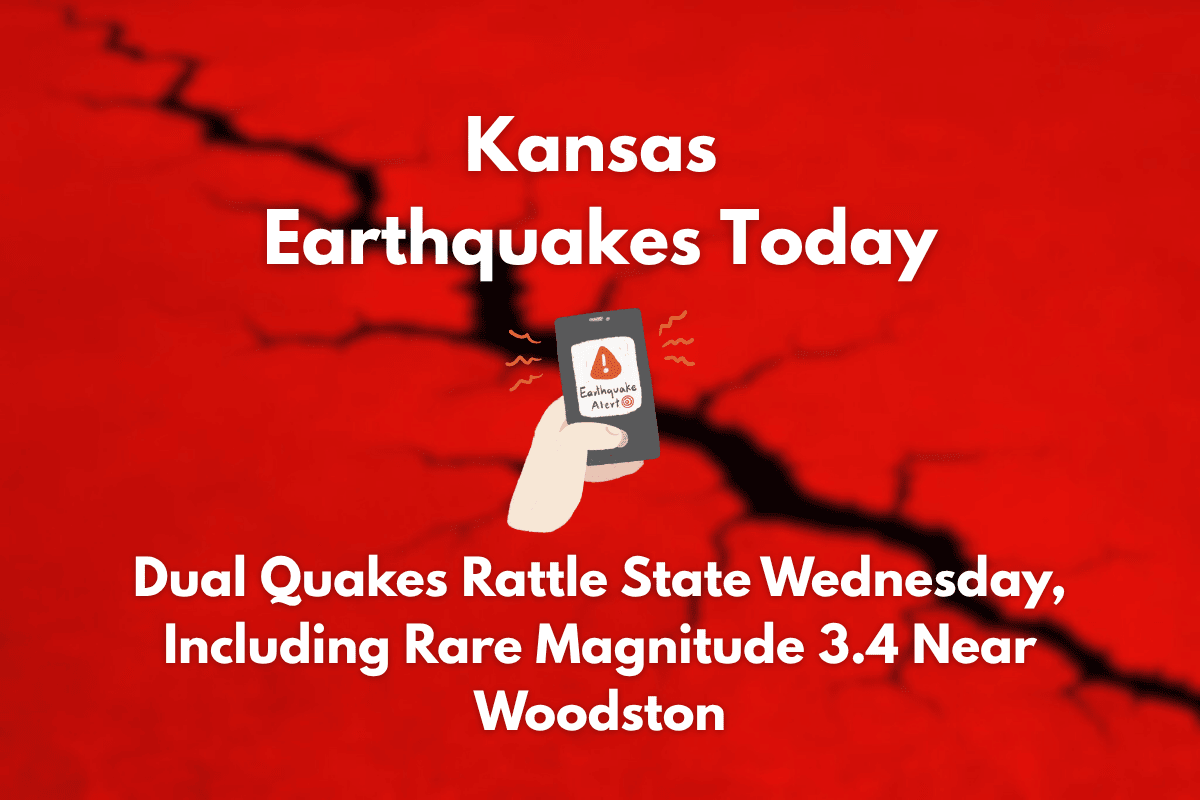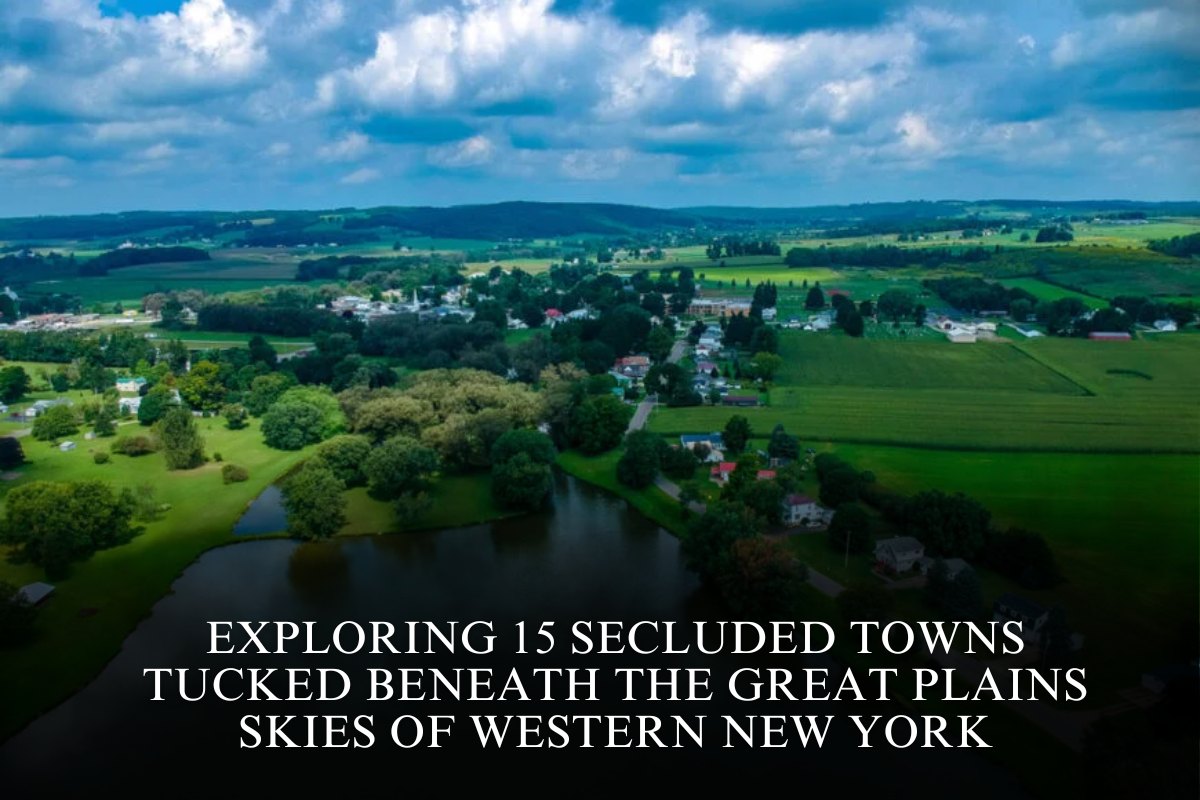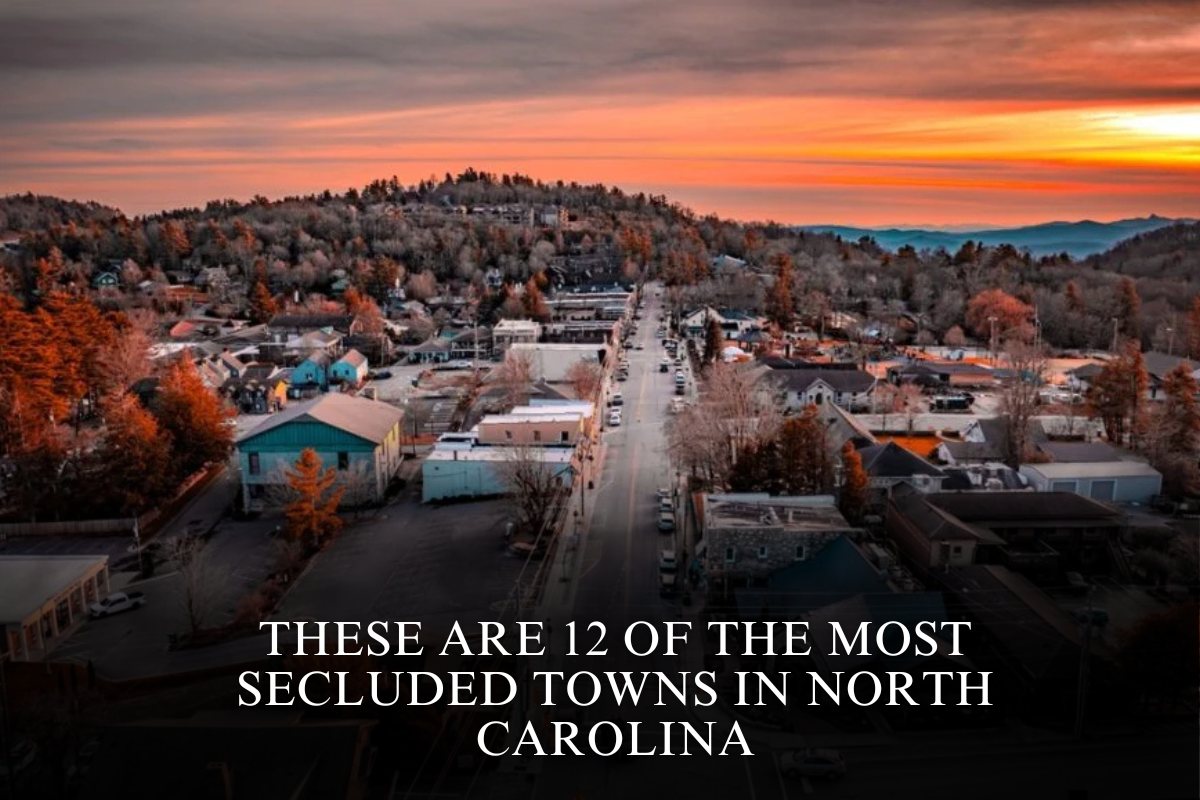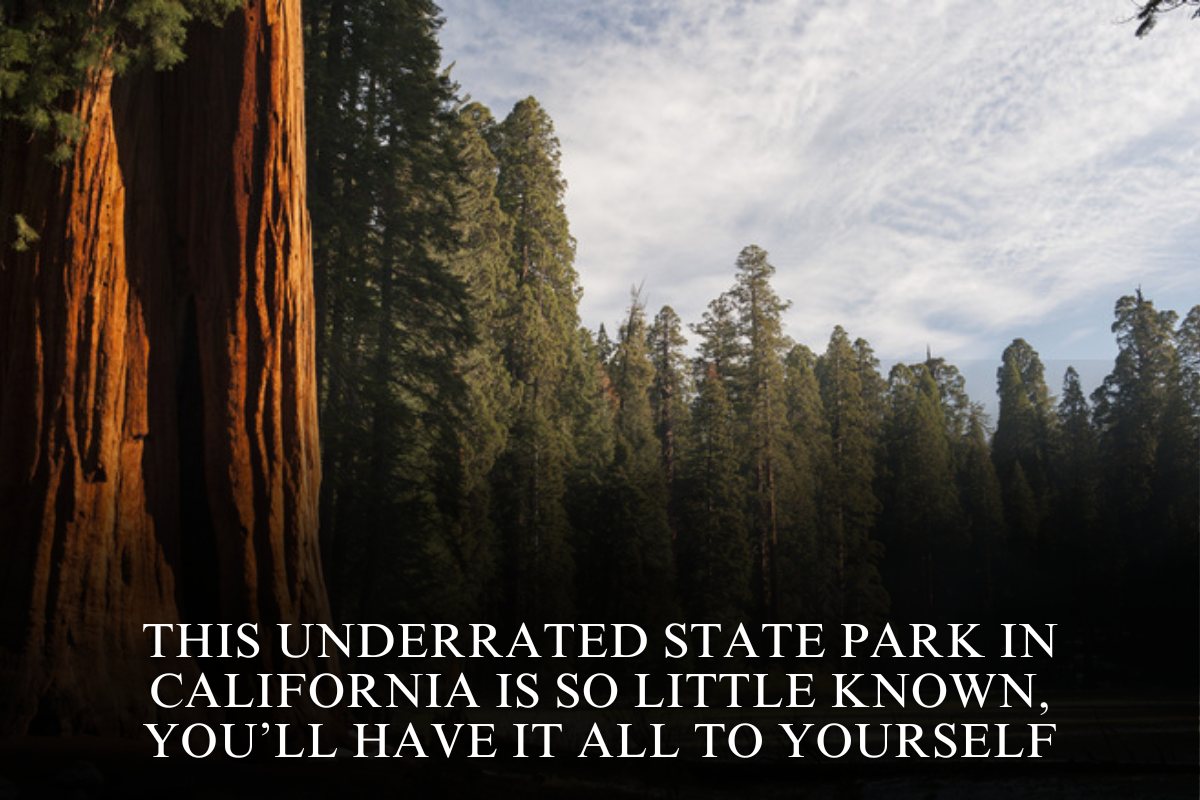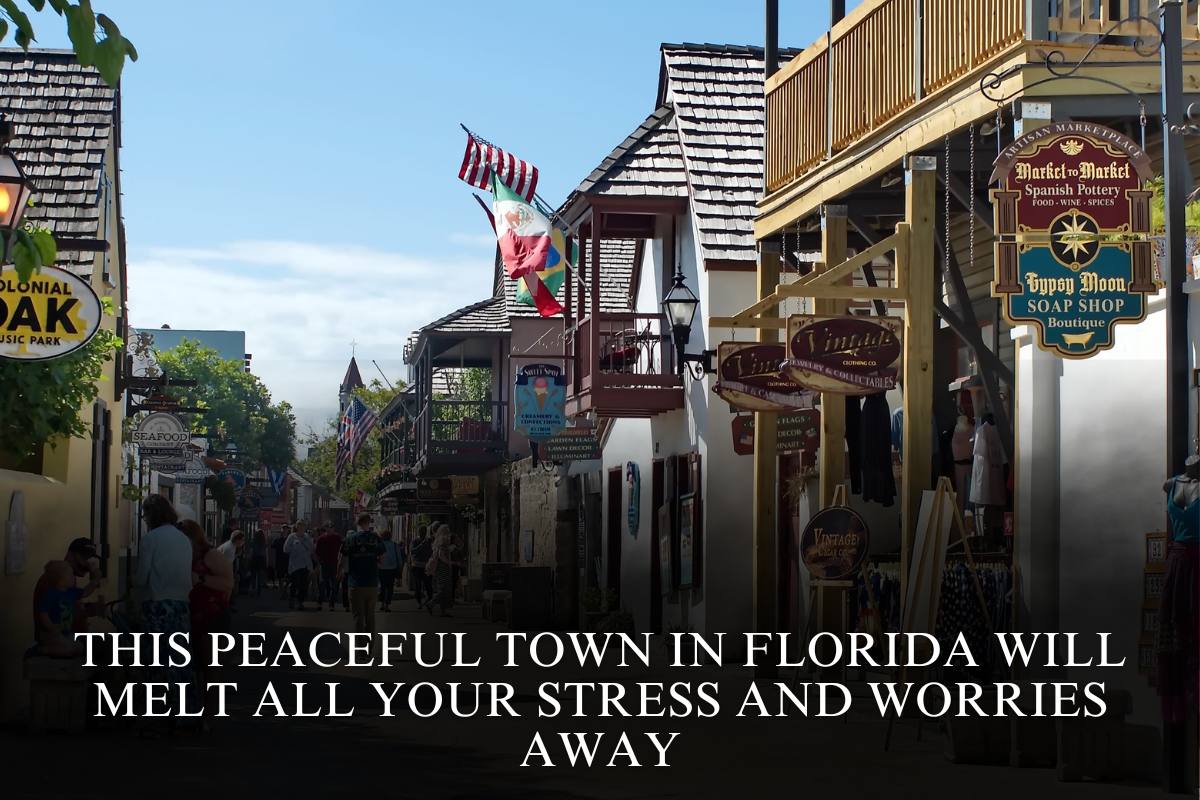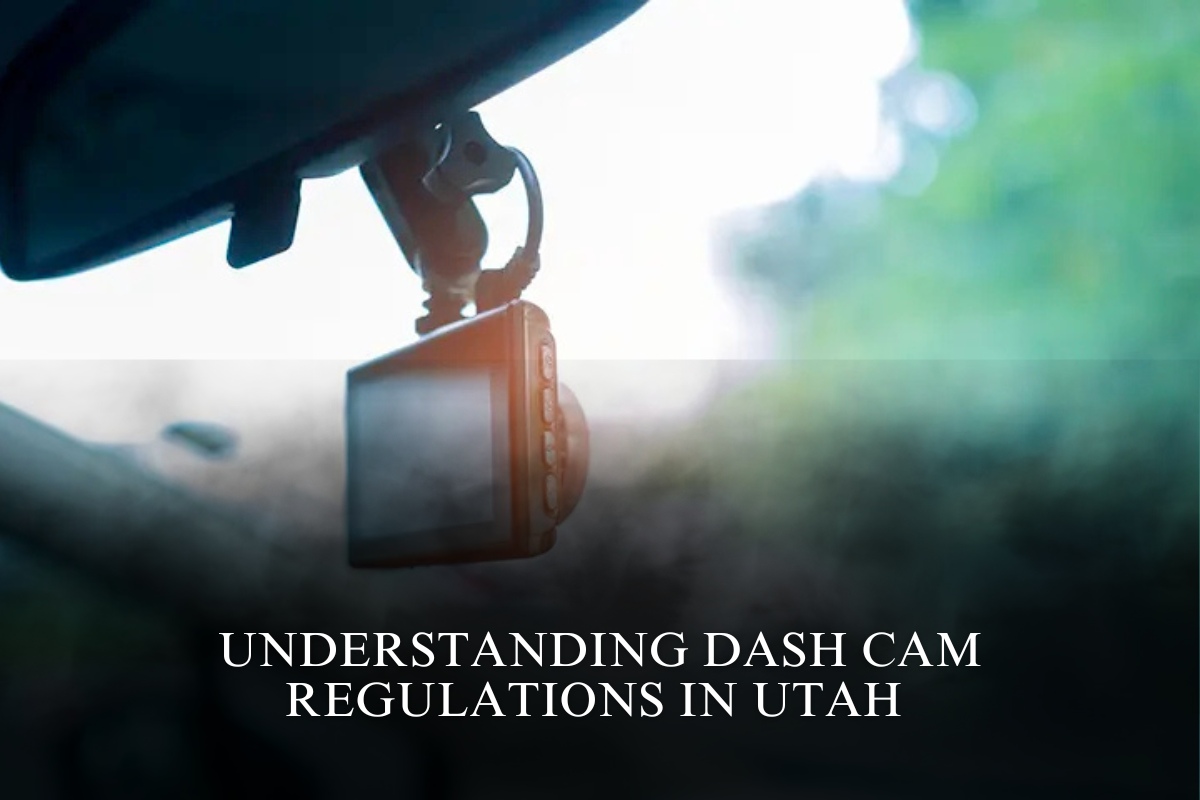Salina, KS – Two earthquakes struck Kansas on Tuesday, shaking communities in both central and northern parts of the state, including a rare magnitude 3.4 tremor, which is considered strong for the Midwest.
According to the U.S. Geological Survey (USGS), the first quake occurred early Tuesday morning at approximately 3:47 a.m. CDT. This 2.5 magnitude earthquake was centered about 7 kilometers southwest of Gypsum in Saline County, with a depth of 9.6 kilometers. Three residents reported feeling the quake, though no damage was reported.
The second, more powerful quake struck later in the afternoon at 4:18 p.m. CDT. This magnitude 3.4 earthquake was centered 9 kilometers northwest of Woodston in Rooks County, at a depth of 9.9 kilometers. At least four people reported feeling the tremor, which the USGS classified with a community intensity of “III”, indicating light shaking that typically causes no structural damage.
Rare Seismic Activity in Kansas
Seismic activity of this strength is uncommon in Kansas, where most earthquakes fall below magnitude 3. The back-to-back events have sparked increased interest in the region’s geological activity, though officials have stated that the two quakes are not linked and there is no immediate risk following the events.
No Major Damage or Injuries
No injuries or major damage have been reported from either quake, but emergency management agencies encourage residents to stay aware of seismic activity and to report any future tremors to assist in ongoing monitoring.
Kansas has seen a noticeable uptick in low-to-moderate seismic events in recent years, often raising concerns about causes and preparedness. While Tuesday’s quakes were relatively minor on a global scale, they serve as a reminder that seismic events can occur in the central U.S., even in regions that do not traditionally experience frequent earthquakes.
